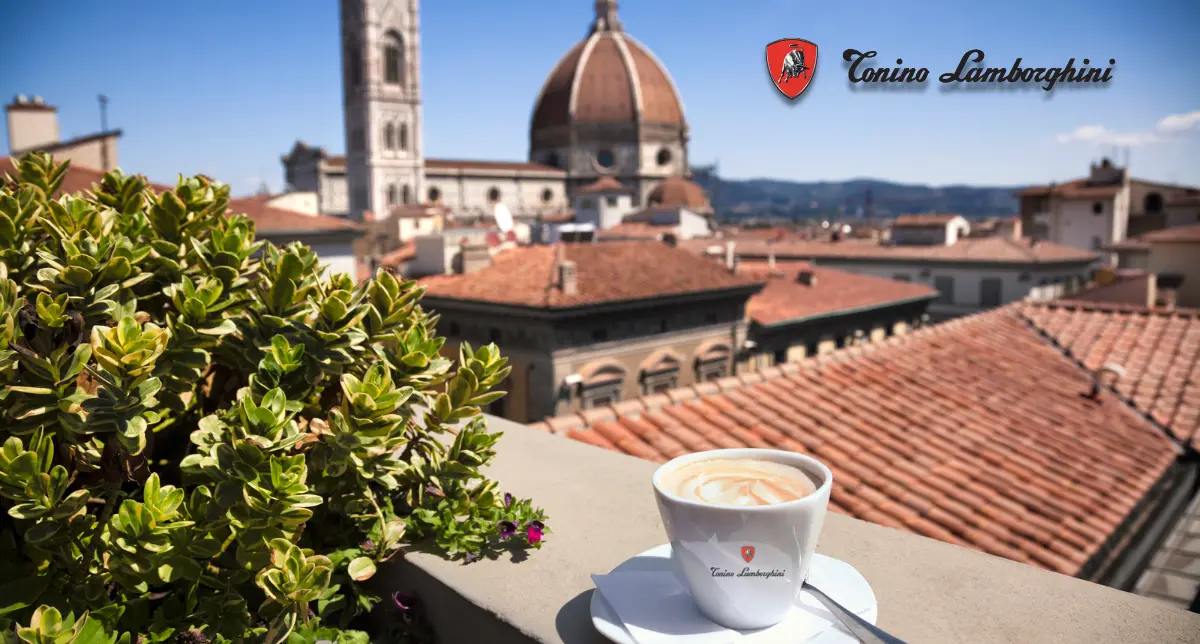
How Does Italian Coffee Compare to Other Coffees?
Italian coffee has long been a staple in cafes around the world, known for its rich flavor and cultural significance. But how does it hold up against other coffee varieties from different regions? This blog delves into the nuances of Italian coffee and compares it to other popular types to help coffee lovers understand the unique qualities that make it stand out.
What Makes Italian Coffee Unique?
Italian coffee is renowned for its strong and full-bodied flavor, often attributed to its specific brewing methods and types of beans used. The preparation of espresso, which is the foundation of Italian coffee culture, sets it apart from the diluted versions found elsewhere.
The Italian coffee experience is deeply rooted in its cultural practices, with espresso being not just a drink, but a social ritual. Whether it’s the morning rush or an afternoon break, this quick shot of concentrated coffee accompanies daily life in Italy. The meticulous attention to detail in the selection of beans and roasting process further elevates the unique taste and aroma that is hard to find in coffees from other regions.
Another noteworthy aspect is the Italian penchant for maintaining authenticity. Unlike many global coffee chains, Italian coffee shops often pride themselves on staying true to traditional methods. This commitment is reflected in their espresso machines, many of which are handcrafted to ensure the perfect extraction of flavors. Such dedication is why each cup of Italian coffee feels like a small masterpiece.
Popular Types of Italian Coffee
Italy is known for its variety of coffee drinks, such as espresso, cappuccino, and macchiato. Each of these drinks adheres to specific traditions that enhance their distinct flavors and set them apart from similar concoctions served in other countries.
Espresso, the backbone of Italian coffee culture, is crafted by forcing a small amount of nearly boiling water through finely-ground coffee beans, resulting in a dense beverage that serves as the base for many coffee drinks. It is the perfect embodiment of Italian coffee philosophy – intense, robust, and designed to be savored quickly.
On the other hand, a cappuccino offers a harmonious blend of espresso, steamed milk, and a frothy milk cap, ideally consumed during breakfast. Italians believe that milk-based coffee should accompany morning meals, and this tradition is cherished across the nation. The macchiato, a simpler version, consists of a shot of espresso ‘stained’ with a small amount of milk, offering a delightful balance for those who enjoy a touch of creaminess in their coffee.
In addition to these classic options, Italy also delights in the caffe corretto, where a shot of espresso is ‘corrected’ with a dash of grappa or another spirit, serving as an invigorating post-meal pick-me-up. These drinks are a testament to the rich diversity and creativity within Italian coffee culture.
Comparison with American Coffee
Compared to Italian coffee, American coffee is typically milder and is often served in larger quantities. The contrast between the bold, robust flavors of Italian espresso and the subtle, lighter notes of American drip coffee highlights the diverse ways coffee can be enjoyed.
One of the key differences lies in the brewing methods. While American coffee usually involves drip methods that brew larger quantities suitable for leisurely sipping, Italian coffee focuses on intense, concentrated flavors meant to be consumed quickly. This cultural difference underscores the diverse coffee-drinking experiences across the two continents.
Moreover, the American coffee culture often emphasizes convenience, which is evident from the popularity of takeaway options like iced coffee and cold brew. These variations present a stark difference from the traditional Italian approach, which is more about savoring a few moments at a local café. Yet, both American and Italian coffee enthusiasts find joy in their rituals, proving that coffee is indeed a versatile concoction.
Comparison with French Coffee
French coffee often offers a balance between Italian and American styles, with a focus on taste and quality. Though both the French and Italians love their espresso, their preparation methods and cultural contexts differ, affecting the coffee experience.
The French typically favor rich, aromatic coffee characterized by a medium roast that preserves flavor without overwhelming bitterness. Coffee is often consumed in the relaxed ambience of a bistro or café, allowing patrons to unwind and indulge. Unlike Italian espresso, French coffee might be served as a café au lait, a drink similar to the Italian cappuccino but with equal parts coffee and steamed milk.
What sets French coffee apart is the personal touch – many coffee connoisseurs prefer brewing at home using devices like the French press. This method allows individuals to control grind size, water temperature, and brewing time, resulting in a coffee experience tailored to personal preference. While different from the Italian tradition, it offers another dimension to appreciating coffee as an art form.
Despite these differences, both Italian and French coffee culture share a commonality in their appreciation for the sensory experiences coffee provides – the aromas, the flavors, and the moments of contemplation they afford. Both regions celebrate coffee as an integral part of everyday life, whether as a quick pick-me-up or a leisurely indulgence.
Comparing with Coffee from Other Regions
Coffees from regions like South America, Africa, and the Middle East each bring unique flavors and characteristics stemming from their distinct growing conditions and preparation techniques. Understanding these differences enriches the appreciation for what makes Italian coffee so special.
South American coffees, particularly those from Brazil and Colombia, are celebrated for their rich, chocolatey profiles and nutty undertones. These beans often serve as the basis for espresso blends, complementing the dark, bold flavors desired in Italian espresso. Conversely, African coffees, recognized for their bright acidity and fruity notes, provide a contrast to the Italian palate but are equally respected for their complexity.
Middle Eastern coffees, such as Turkish or Arabic coffee, introduce a whole new realm of sensory experiences with their spiced, thick brews often enjoyed during social gatherings. These traditions highlight the ceremonial aspects of coffee, much like Italian coffee culture, where the preparation and presentation of coffee are as important as the drink itself.
While each region celebrates its coffee in unique ways, the global appreciation for this beverage reflects a universal bond built over centuries. Italian coffee stands out with its particular style and mood, emphasizing the artistry of espresso and the vibrant café culture that continues to enchant coffee lovers worldwide.
Final Thoughts on Italian Coffee
Italian coffee maintains a distinct position in the global coffee landscape, thanks to its bold flavors, cultural roots, and unique preparation techniques. While coffees from other regions offer their unique traits and tastes, the tradition and passion behind each Italian cup continue to capture the hearts of coffee enthusiasts worldwide.
Craving a true Italian coffee experience? Discover our authentic Italian coffee beans and capsules. Shop now to bring the essence of Italy to your home!





